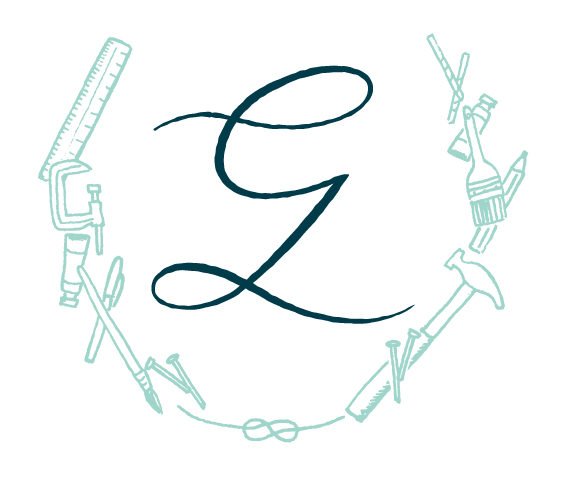Remember like forever ago when I said I was gonna do "art lessons" on the blog? Then I did like 4 and forgot about the blog for a while...Well I'm sorry about that and I'm back with another "lesson" :)
If you follow my shop on Insta (@gracelangdonart) you've seen a good amount of new watercolors flooding the feed. I've been trying to branch my shop out to more "artistic" endeavors and watercolor is one of those love affairs I thought I would take to the next level. SO why not share some of my techniques I've been using with y'all!
I've been doing a good pit of animals, started with a portrait of a friends dog and then moved on to animals I just thought where cute. I wanted to take it in a direction that wasn't photorealistic but wasn't abstract either. So most of my pieces have a real fluid layering technique going on.
Watercolor is great for layering because it can be very transparent while also very opaque. That may make no sense but I promise you, if you practice some you will see what I'm talking about.
The best way to start any watercolor is with plenty of pale washes. Use a light (and I mean extremely light) sketch to help you with your bearings on the page but then add in your general washes. In my first picture you can see my first wash was a pale pink. I chose pink because I wanted the bunny to have a warm hue all over. Then I slowly added in other washes where I wanted the color to change on the bunny. These first 2 washes are great ways to fill space while making sure the subject remains loose and fluid.
Then I wanted to add in more details so I started adding small brush strokes as fur with similar tons to the first washes. Everything is still pretty light at this stage but it builds up over time so you can start seeing more definition in the bunny. You can change colors depending on the space you are working on. Look at the ears, the tops have a blue tint to them so I chose to use cooler colors up there and warmer colors in the face. This starts adding dimension.
Watercolor layering is a slow process. You will go through stages that look horrible. For a minute my bunny looked like he had some weird witch hairs growing but they eventually blended in to be variation in the fur coat. Just remember to go slow, and start off with very pale colors, remember, you get the pale colors by using very water downed color. The more water the less saturated your color will be. The less water the more saturated your colors will be and that comes in handy at the very end of your piece.









